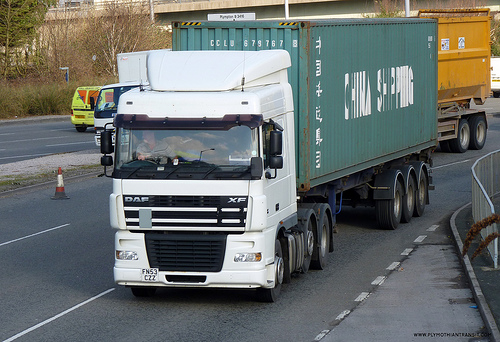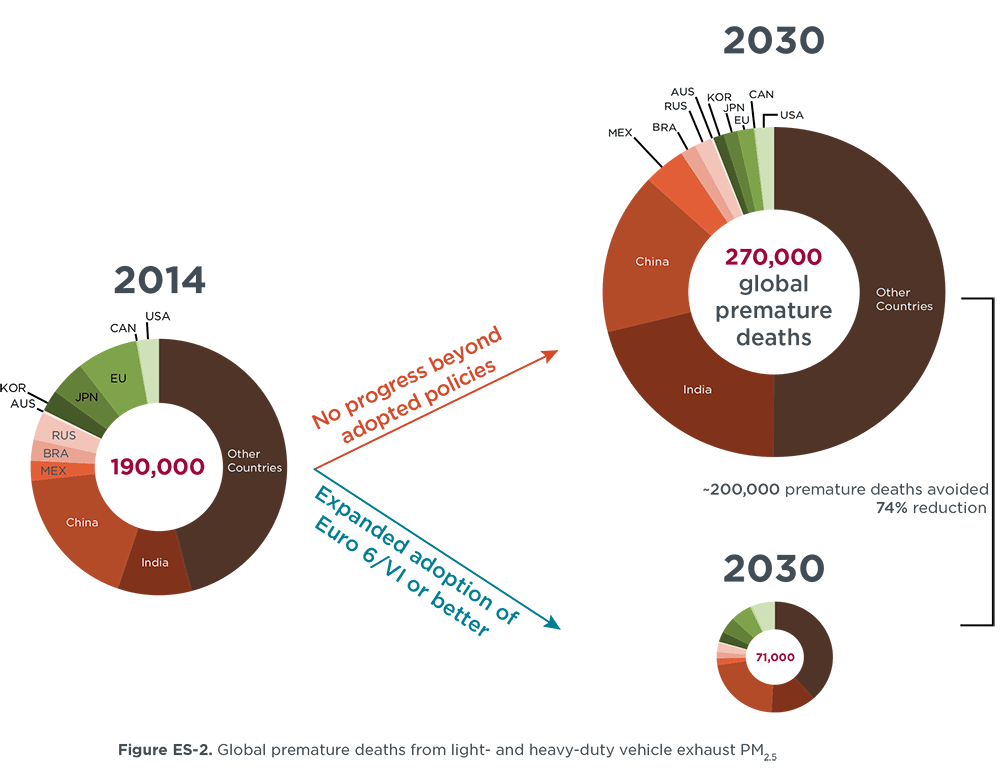What if all trips in a city were carried out by a fleet of self-driving cars shared by users? 9 out of 10 conventional cars could become redundant
What if all trips in a city were carried out by a fleet of self-driving cars shared by users? The latest report from OECD’s International Transportation Forum explores the potential outcomes of such a radical upgrade in an urban mobility system. The report concludes that up to 9 out of 10 conventional cars could become redundant under certain circumstances. Vast amounts of public space would be freed for other uses in such a scenario. Take a look:
If you get a chance, visit their website and even better plan a visit to attend the upcoming ITF conference in Leipzig, Germany. I had the privilege to be a part of this event last year and came away with a lot of very important issues, esp. related to transportation policy, at a global level. It was one of the well-organized and best run events that I got to attend in all of my years as a transportation professional.




















